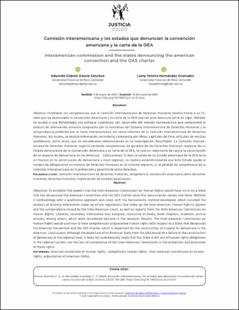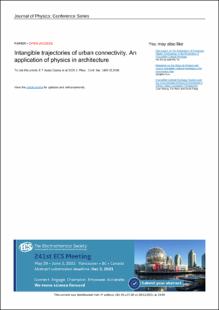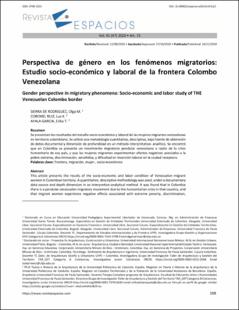Intangible trajectories of urban connectivity. An application of physics in architecture
...
Ayala Garcia, Erika Tatiana | 2020-09-30
This research aims to identify the intangible urban geometries of the physicalenvironmental, social-cultural, and political-economic components of Avenue 1 East, Caobos,
San José de Cúcuta, Colombia. This in order to represent and quantify the connectivity trajectory
of the intangible networks that are generated from the analysis of the meso and micro scale of
the city. The applied methodology is based on the theory of the urban network, the study used a
mixed approach, under a strategy called multi-methods or methodological triangulation. Within
this research, physical concepts such as trajectory, displacement and space-time were assumed.
This type of research allowed the study topics to be approached through layers through which
the implicit dynamics in the sector under study were identified. As relevant results it is obtained
that the use of a mathematical and physical logic strengthens the studies focused on city planning,
the importance of hierarchically and quantitatively organizing the connection networks (meso
and micro) in order to solve problems or phenomena typical of the daily life of the sector under
study, guaranteeing a dynamic and real process for its growth.
LEER












